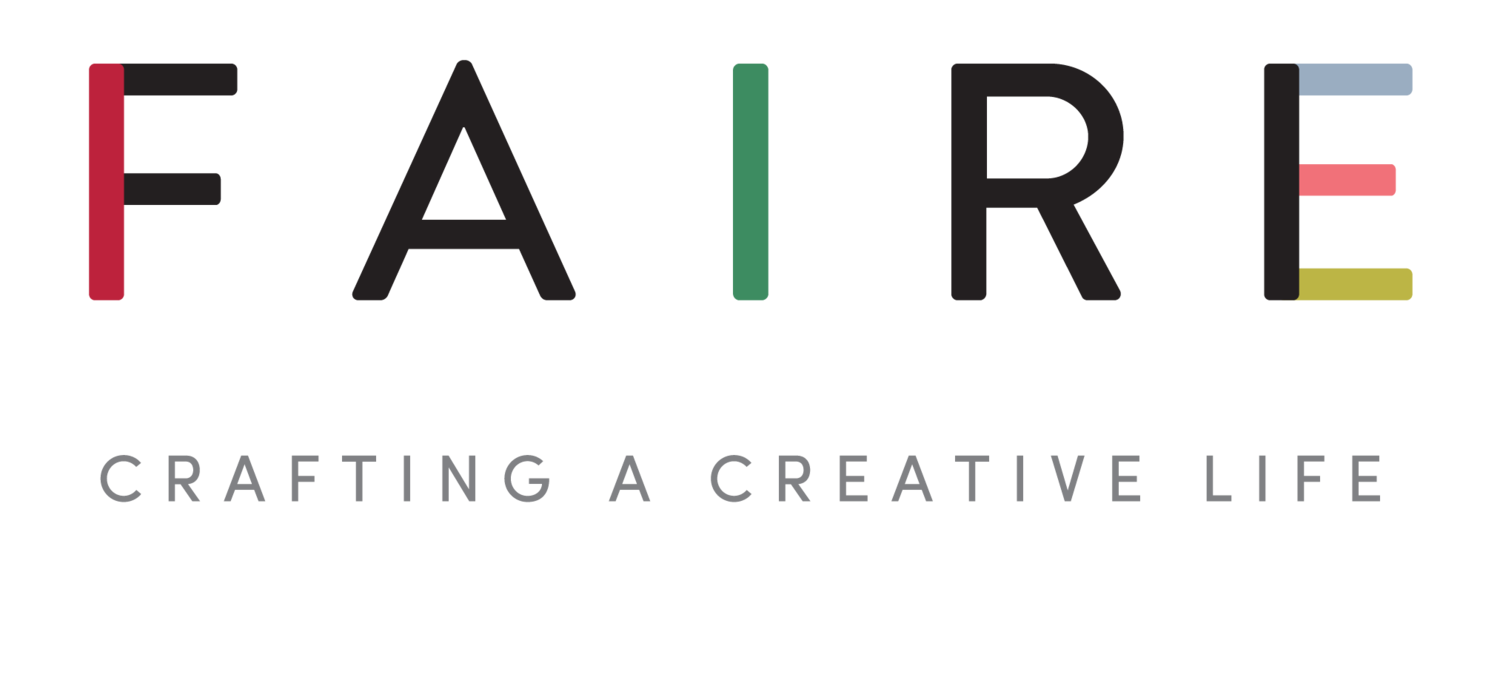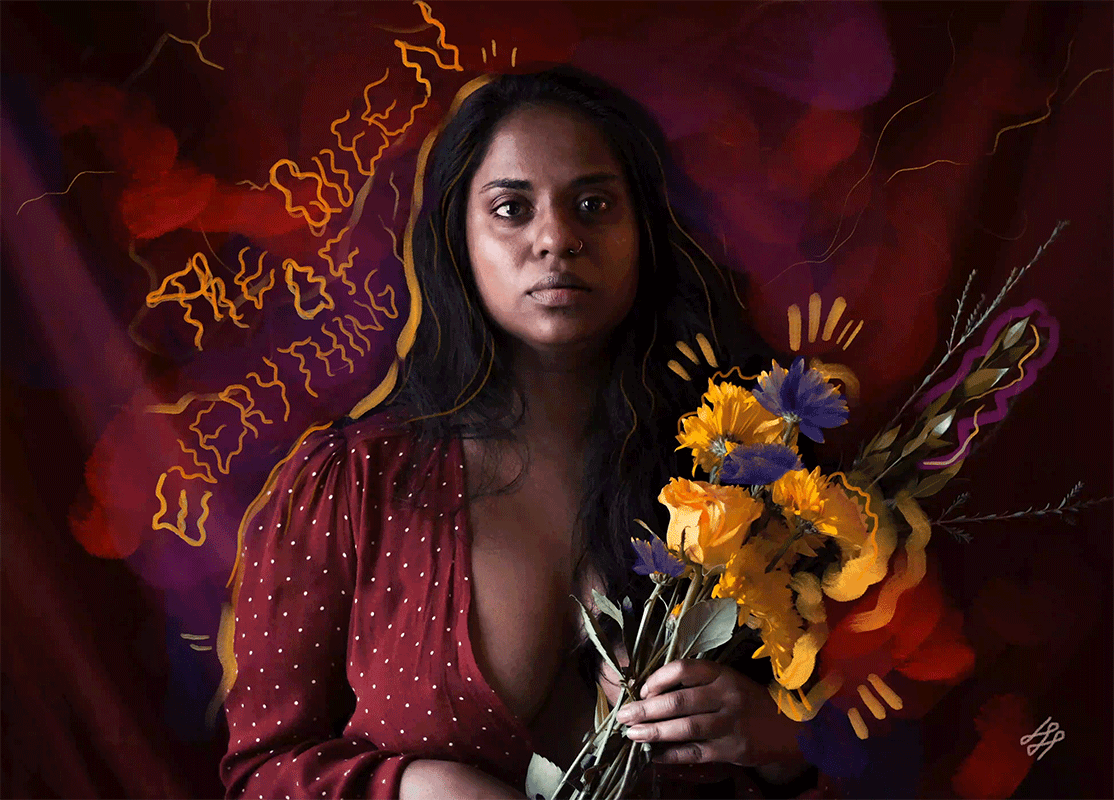Painted Photographs and Spiritually Illustrated Moments
Lauren Piper is an animator and photographer based in Los Angeles. She attended Otis College of Art and Design in 2004 and has been working professionally in motion graphics for the past 13 years. Hobbyist extraordinaire and collector of old photographs, she spends her free time exploring the city with her dogs Darby and George.
Image courtesy of the artist
ON BEGINNING AS AN ARTIST
I don’t remember ever not creating things in some sense or another. Painting was definitely my first love. I loved creating all the decorations for whatever holiday was on the horizon. My favorite creation was my giant teal brontosaurus reindeer – I remember being so in love with the specific shade of blue I had painted him. I then continued to do really any kind of crafting that came in my direction, winning a few awards in high school for sculpture and ceramics.
It's true I've dabbled in a great many things, sort of floating around as new interests take over. Photography and painting are 2 things I find myself constantly revisiting. I originally went to art school to study traditional animation and had dreams of making weird cartoons, like Aeon Flux. But in that period of time traditional animation had fallen out of vogue, and computer graphics were becoming more of the standard, so I got filed away doing that kind of work for a long time. Eventually, as the technology improved, so did the appeal of incorporating more traditional textures and influences of fine art. I found myself in a position to incorporate all my previous artistic musings into my motion work.
It mainly started as a creative outlet to get away from my normal 9 to 5. I worked for corporations and smaller companies over my career, and while this helped me hone my skills, it also enlightened me as to how creatively draining that work can be. Putting in the effort to make creative work for my own enjoyment has been a very cathartic and rewarding endeavor. Finding a proper work-life balance, however, is still a bit tricky.
CREATIVE PROCESS
My process usually comes in two very different sections. For photography, it usually starts with something small: an object, color, or vibe. Then I build around that until it grows into a full scene. After I’ve taken the photos, I import them into Procreate and the meditative portion begins. This is where I try out different textures, brushes, colors – even incorporating words, thoughts, or lyrics that pop into my head while I’m working. If I’m building an animation from the photos, after I decide on a look for one image I then continue that look for the others, eventually taking them into After Effects to complete the process.
It really varies, I’m very partial to moods and scenes. So it really comes down to a lot of feeling it out. What feels appropriate for the headspace I’m in and the vibe of the setting. Though there are many times when I start this process aiming for something specific in mind and then end in the complete opposite direction. Honestly, it's one of my favorite aspects of working, the end result is always such a surprise.
INSPIRATION
I take much inspiration from the internet. The incredible, massive amount of amazing work you simply swipe past on a daily basis is both incredibly awe-inspiring and humbling. Figuring out how my style fits into all of that, or even how I do existentially, is a challenge. I suppose in its simplest form I would describe it as painted photographs and spiritually illustrated moments.
There are also so many artists that have greatly influenced my work. And specifically motion artists, I would be remiss without mentioning Ruff Mercy, who is a phenomenal director and animator. I think the world of motion graphics is extremely underrated as a medium of fine art. It's such a massive, insanely talented group of individuals. It’s a shame for the larger art community to miss out on it.
There are many times when I start this process aiming for something specific in mind and then end in the complete opposite direction. Honestly, it's one of my favorite aspects of working, the end result is always such a surprise.
Old, retro photography is also a huge inspiration for a number of reasons. Photography’s historical fascination with capturing a moment in time – there is something really magical about that. No doubt this fascination is fueled by my internal raging against the passage of time. It's sort of soothing to be able to capture a moment and then literally make your mark on it. A big inspiration for my work has been stereoviews from the late 1800’s. This is where two photographs are taken side by side with special glasses, creating an all-encompassing 3d effect. This then moves into the lenticular photography of the 80’s. The techniques I use for some of my animations are an amalgamation of that.







